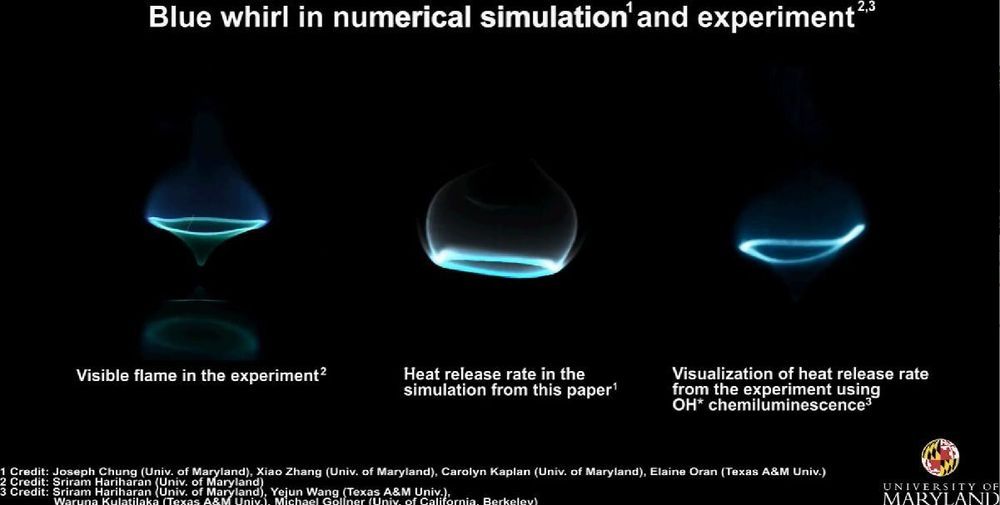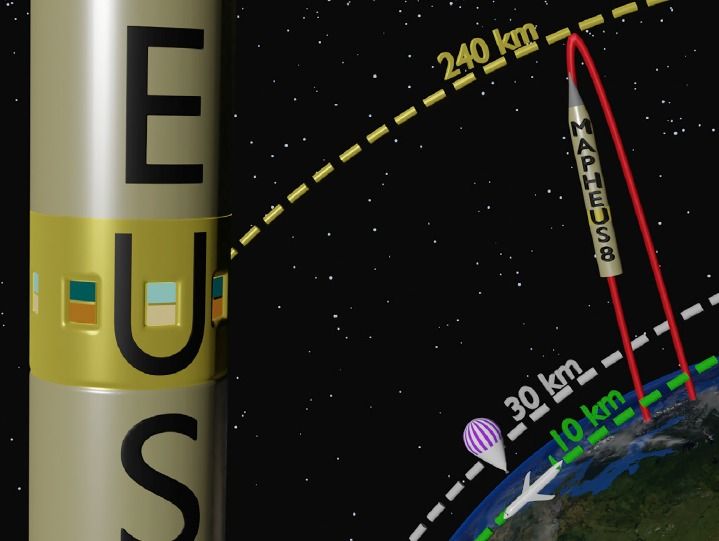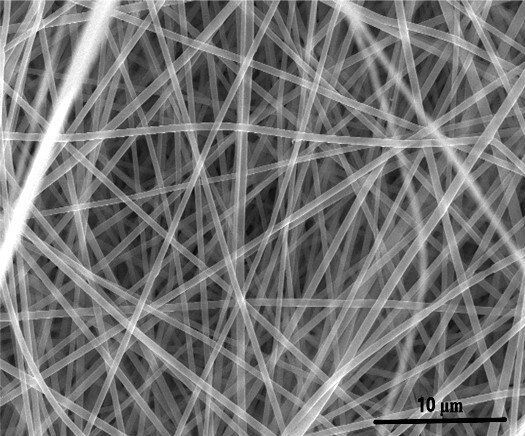Technology that can convert salty seawater or brackish water into safe, clean drinking water has the potential to transform millions of lives across the globe, which is why so many scientists are busy working on projects to do just that.
Now, a new innovation developed by scientists in Australia could be the most promising one yet, with researchers using metal-organic framework compounds (or MOFs) together with sunlight to purify water in just half an hour, using a process that’s more efficient than existing techniques.
It’s cheap, it’s stable, it’s reusable, and it produces water that meets the World Health Organisation (WHO) standards for desalination. Around 139.5 litres (nearly 37 gallons) of clean water can be produced per day from a kilogram (2.2 pounds) of MOF material, based on early testing.









